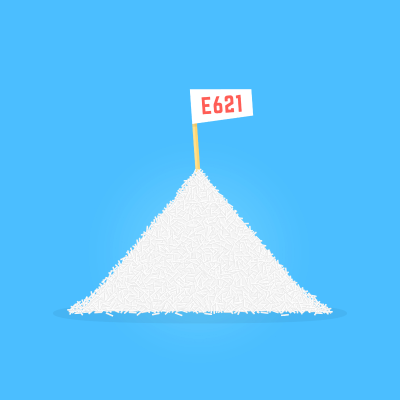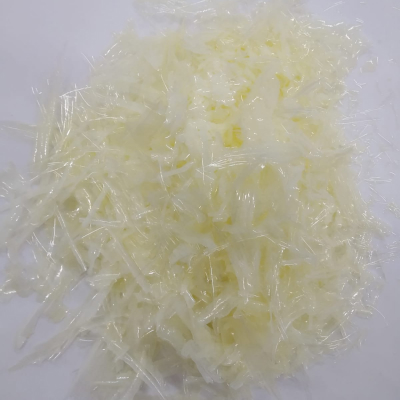Common drying techniques in chemical drying
Chemical are subjected to drying to increase product stability. Depending on the properties of the chemicals, different drying techniques can be used. However, chemical industry constantly seeking the next-generation drying technologiesto decrease energy consumption and increase the quality of final product. Spray drying, convective drying, vacuum drying and microwave drying are among the common drying techniques in chemical industry.

Freeze drying
The most widely used procedure for enhancing the stability of heat labile compounds is freeze-drying. Freeze-drying is the gold standard against other drying techniques in terms of chemical quality. Lyophilization, on the other hand, has a variety of flaws such as capital and operating cost, difficulties in scale up and low physical quality.
Spray drying
Spray drying is the most common technique used in drying of chemicals. This technique allows for the engineering of particle size and form (including morphology, surface area, and surface composition). Wide range of spray dryers are available in market from liab scale to industrial scale. Additionally it consumes less energy than most of the other heat involved drying techniques. Spray drying does come with a few specific drawbacks such as low yield at some applications, oxidation due to high temperatures and browning.
Convective drying
Convective drying is the most basic of all drying methods. When exposed to air (heated or ambient), the solution/suspension is dried while the relative humidity of the environment is controlled. The rate of drying has been reported to have a considerable impact on recovery among the numerous processing parameters that can be regulated.
Microwave drying
The main benefit of microwave drying is that it reduces the drying time. It is feasible to accomplish what would normally take minutes to hours using standard heating methods in seconds to minutes. Microwave heating, on the other hand, is not cost-effective for completely drying highly hydrated goods.

Refractance window drying of chemicals
The studies on refractance window drying generally focused on foodstuff. However, it have great potential to be used in chemical industry due to its mild conditions, high yield and low effect on active ingredients.
Although, scientific studies on chemicals are lacking in literature, refractance window drying can be used in drying of heat sensitive, expensive and high quality chemicals.
Comparison of refractance window drying with other drying techniques
Refractance window drying has some advantages over other drying techniques as stated above. Some of these advantages are:
Rapid
Refractance window drying is much faster than convective drying (tray, oven or belt dryers) and freeze drying techniques.
Better chemical properties
The chemical properties of powder produced by this technique is comparative to freeze drying and better than other drying techniques
Continuous
Refractance window drying works continuously, and therefore suitable for full scale production
Economical
Both capital investment and operating cost of refractance window drying is economical than other techniques.
Better physical properties
Physical properties such as solubility, porosity and bulk densities of refractance window dried products much better than other drying techniques
Heat induced contaminants
Refractance window drying cause no or low formation of heat induced contaminants such as HMF, acrylamide etc.
InfraRWD drying of chemicals
In addition of the advantages of refractance window drying of chemicals, InfraRWD offered some developments and new advantages.
up to 40%
Reduction of drying time compared to refractance window drying
up to 35%
Reduction in consumed energy compared to refractance window drying
up to 2x
Increase in the capacity compared to refractance window drying
Flexibility
InfraRWD dryer can be used in three different mode, namely refractance window drying, infrared drying and infrared assisted refractance window drying. Therefore, a wide range of product with different charateristics can be produced using an InfraRWD dryer.